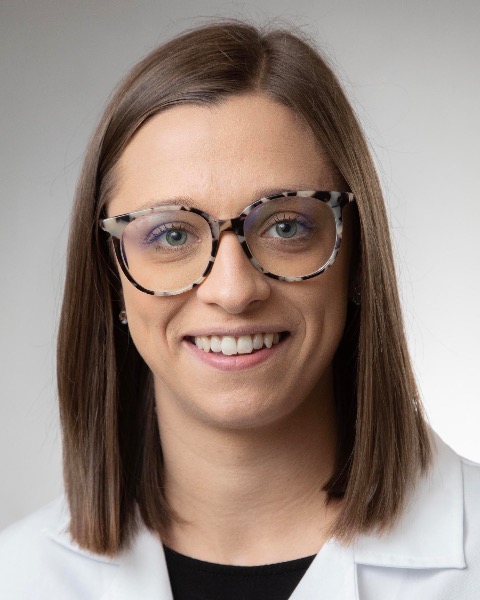Medical Education 3: Simulation
Session: Medical Education 3: Simulation
202 - Check the Trach: Improving Resident Comfort with Tracheostomy Emergencies Through High-Fidelity Simulation Training
Saturday, April 26, 2025
2:30pm - 4:45pm HST
Publication Number: 202.4051
Katie Loke, Peyton Manning Children's Hospital at St. Vincent, Zionsville, IN, United States; Brooke Greene, Peyton Manning Children's Hospital at St. Vincent, Indianapolis, IN, United States

Katie Loke, DO (she/her/hers)
PGY 2
Peyton Manning Children's Hospital at Ascension St. Vincent
Indianapolis, Indiana, United States
Presenting Author(s)
Background: With over 4,800 tracheostomies placed annually in the United States, physicians taking care of pediatric patients have a high likelihood of caring for a patient with a tracheostomy. Knowing this, it is imperative that medical providers are comfortable with managing a tracheostomy, including handling any emergencies that may arise from having a tracheostomy. Having a tracheostomy alters the usual pathway that a provider would take in a respiratory emergency. However, skills required to care for a tracheostomy (i.e. routine care or emergency management) are not often taught in residency programs. This quality improvement project aims to create a simulation curriculum with high-fidelity simulation to aid in preparing future medical professionals with hands-on experience with the hope of increasing their comfort and competence when it comes to the routine care of a tracheostomy and medical emergencies that may arise due to the tracheostomy.
Objective: To create a high-fidelity simulation curriculum for pediatric trainees and to improve pediatric trainees’ confidence in caring for patients with routine care of a tracheostomy and medical emergencies that may arise due to the tracheostomy.
Design/Methods: The population being studied was pediatric trainees (residents and medical students). Participants underwent a 3-part simulation curriculum. There were two group simulations (plugged trach and trach decannulation) with high-fidelity manikins and one hands-on experience with a respiratory therapist. Participants then completed a pre- and post-simulation confidence survey. The project was considered exempt from the IRB.
Results: 16 residents and medical students completed the simulation curriculum. The pre-to-post effects were significant for both residents and medical students, suggesting regardless of their stage of training participants benefited from the simulation curriculum (p < 0.0001). Additionally, all but two individual questions on the pre- to post-survey were found to be significant, which helped to identify which specific skills patients felt more confident with after the simulation
Conclusion(s): Implementing a simulation to allow residents to practice replacing tracheostomies and caring for tracheostomies improved resident and medical student comfort with trach care and emergencies. Participants all felt this simulation was beneficial to their knowledge and skill sets.
Effects of Simulation on Trainee Confidence
.png)
Effects of Simulation on Trainee Confidence
.png)

